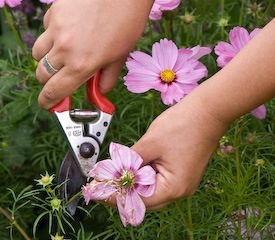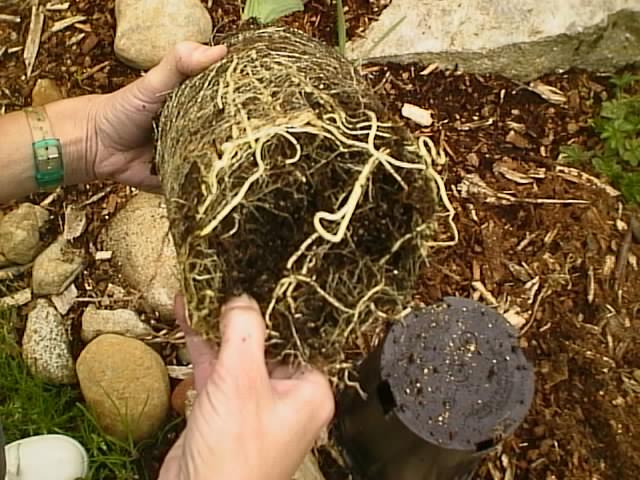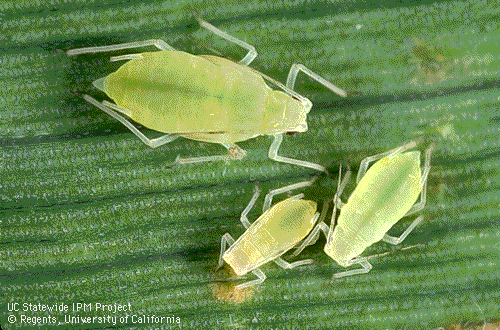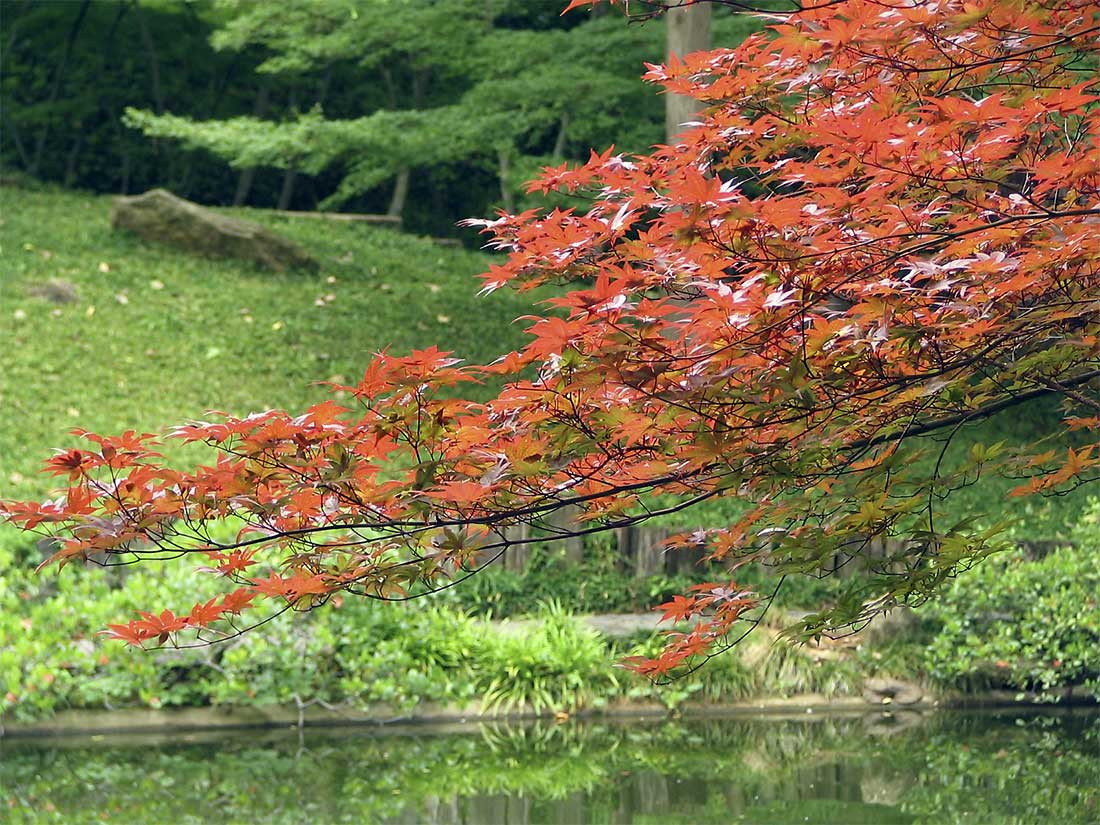
Many bulbs bloom in springtime — those bulbs are the most familiar and beloved to gardeners in cold-winter climates. However, fewer but no-lesspretty ones make their show in summer or even fall. See the next section for examples of these types of bulbs.
The terms early, mid-season, and late abound in bulb descriptions. All this naming system means is that some bulbs burst forth earlier rather than later — all during the springtime. A month or more of time can separate the first snowdrop from the first tulip or the first tulip from the last tulip. The expected bloom time is worth knowing so you can plan for continuous color or set up nice color duos or spectacular full-bed shows. The reason people plant most spring-blooming bulbs in the fall is not just so the plants can get a head start on root growth. These bulbs also need a period of cold (so obligingly supplied by a winter in the ground) to maintain their biological clocks. The warmer, thawed-out but moist soil of spring, not to mention the warm sun above, coaxes them at last to burst into their full and glorious potential. In mild-winter regions, gardeners can buy some bulbs pre-chilled (these plants have a limited selection compared to all the springbloomers), or gardeners can refrigerate regular bulbs for a specified period (at least eight weeks) and then plant them in late winter or early spring.



















 After you have your layout planned, you’re ready to begin your plant selection. In addition to choosing plants for the bloom times and colors, take these points into consideration when choosing your plants:
After you have your layout planned, you’re ready to begin your plant selection. In addition to choosing plants for the bloom times and colors, take these points into consideration when choosing your plants:

 So many great perennials, so much variety is available that one of the great joys — and challenges — of growing them is combining different kinds of perennials in plantings. But because different perennials bloom at different times, and because of the relatively slow growth of perennials (compared to annuals), perennial gardening usually involves some advance planning so you can get the most bang for your buck and get the exciting look you want, when you want it.
So many great perennials, so much variety is available that one of the great joys — and challenges — of growing them is combining different kinds of perennials in plantings. But because different perennials bloom at different times, and because of the relatively slow growth of perennials (compared to annuals), perennial gardening usually involves some advance planning so you can get the most bang for your buck and get the exciting look you want, when you want it.















 Some annuals like it cool
Some annuals like it cool



